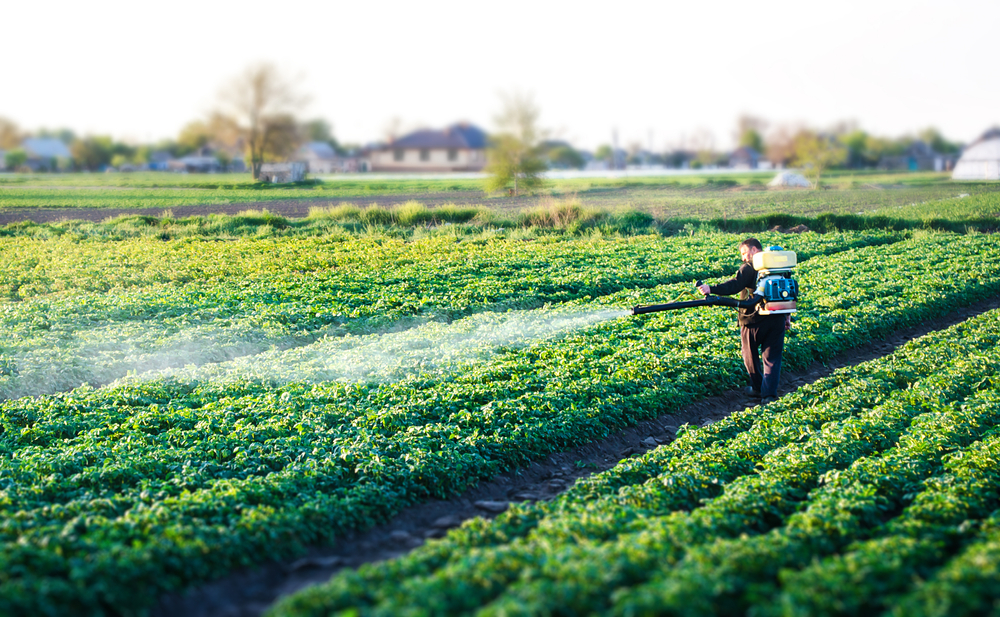Calls to ban certain pesticides in South Africa simply because they are banned in the European Union ignore the unique agricultural realities of the region. Experts warn that adopting EU-style restrictions could severely harm South Africa’s farming sector, which faces challenges that Northern Hemisphere countries rarely encounter.
Unique Challenges for South African Farmers
Industry specialists addressed these issues during a panel at the Agbiz Media Day at Elsenburg Agricultural Training Institute in Stellenbosch, Western Cape.
Kobus Hartman, a veteran crop protection and market access consultant, highlighted South Africa’s diverse climate, soil types, and biodiversity as key factors creating distinct pest and disease pressures.
“Table Mountain National Park alone is home to over 8,000 plant species, with more than 2,000 flowering plants. Compare that with Britain, which has about 3,500 species, and only 1,700 are native,” Hartman explained.
“Many of these endemic plants host pests that are a major concern for our exports, as they don’t exist elsewhere. A quarantine pest is treated as a no-tolerance pest in international markets.”
South Africa also represents only 1.5% of the global pesticide market, making it uneconomical for multinational developers to focus on solutions for these specific pests.
Lessons from the EU
CropLife SA regulatory manager Roleen la Grange explained that while South Africa can learn from international regulations, the EU cannot be directly compared:
“Many products in Europe are not approved, which is not the same as being banned. Manufacturers may avoid conducting costly studies or prefer to launch new products instead. It’s inaccurate to say a product is banned just because it isn’t available there.”
She added that there are situations where hazardous chemicals remain essential. For instance, the Department of Health still uses DDT to control malaria vectors, which are resistant to other insecticides—a scenario irrelevant to European agriculture.
Strict EU pesticide limitations have also made European farmers heavily dependent on government subsidies, amounting to nearly half their income in some cases. Removing such tools in South Africa, without equivalent support, could have catastrophic consequences for local food production.
Understanding Maximum Residue Levels (MRLs)
Paula Bester, food safety specialist at the Citrus Growers’ Association of Southern Africa, clarified the science behind MRLs:
“MRLs set the highest allowable chemical residue on produce, and are calculated well below levels considered harmful. Labels specify dosage, application frequency, and pre-harvest intervals to ensure compliance.”
She explained that MRL calculations take into account local diets, population groups, and vulnerable consumers, with safety thresholds often incorporating a 150-fold margin of safety. Exceeding an MRL doesn’t automatically mean a health risk, though trade compliance would be affected.
The Knowledge Gap for Consumers
Dr Ilse Trautmann, former deputy director-general of Agricultural Research and Regulatory Services at the Western Cape Department of Agriculture, noted that consumers are often uninformed about food production standards and safety:
“Consumers focus on nutritional labels but rarely understand the origin, safety, and compliance processes behind their food. Farmers must balance production, safety, and reputation, often without public understanding.”
Conclusion
Experts agree that South Africa’s pesticide regulations need context-sensitive approaches, balancing pest management, export compliance, and public safety. Copying EU bans without adaptation risks undermining local agriculture and jeopardizing the country’s competitiveness in global markets.


